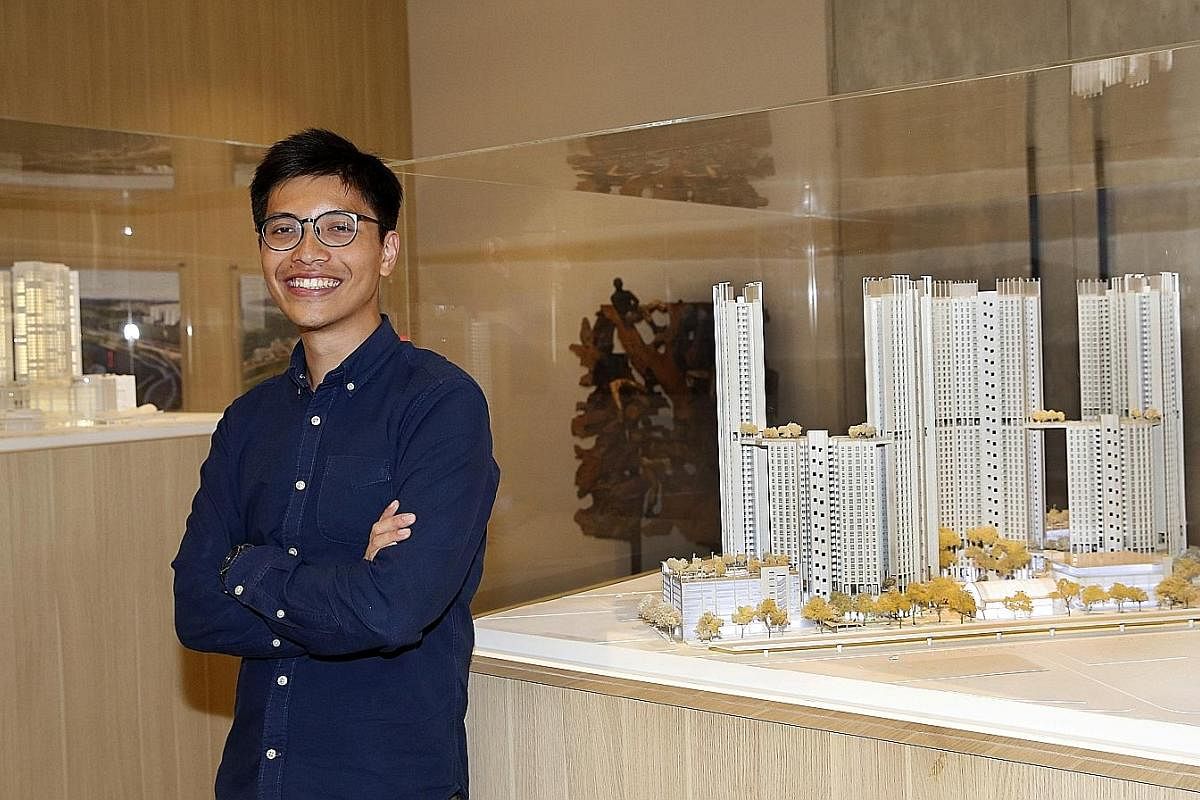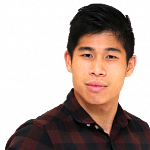Jobs of Tomorrow
Magic of making designing less arduous
This is the last of a three-part series profiling recent graduates from the Singapore University of Technology and Design who have taken up future-ready jobs related to technology.

In the years to come, architects and engineers will collaborate with machines as equal partners, rather than using them as tools.
That is the vision of Mr Eugene Lim, who recently joined Surbana Jurong as an architectural associate.
The firm has been involved in the development of Singapore's urban, industrial and infrastructure landscape for the past 50 years.
Mr Lim, 26, may be only six months into his job at the infrastructure consultancy, but he already leads a small team at Surbana Jurong that has developed an application that aims to revolutionise the architectural design industry. The Housing Computational Design Tool, as he calls it, combines architecture with computer programming, and is built to cut the building design process by up to half the time, while reducing human error.
Designing buildings and urban precincts is laborious. Using standard programs, architects and engineers must digitally draw every line of the planned structure.
The programs will not sound any alert if the plans break any building codes. And if the design needs to be altered - say, local residents want to preserve some trees - much of the plan has to be redrawn.
In partnership with

The design part can take up to 40 per cent of the entire project process so an application that saves time and cost would be a boon to the industry, said Mr Lim, who graduated from the Singapore University of Technology and Design (SUTD) last September.
The new application allows users to simply key in the rules that govern the plans for the structure - Singapore's building codes for instance - and draw a few lines to broadly define what the architect wants the building to look like.
Using these same lines, the program then suggests a few possible designs that are close to the quality needed for submission to the approving bodies.
The program will also alert the architect if the design breaks any rules.
It has been currently only tested within Surbana Jurong, but the company may develop similar programs for the market. The firm is involved in several international projects including residential and industrial ones.
Mr Lim said: "We're setting the benchmark to show how people can work with intelligent machines. It's not an isolated process where architects think of everything."
Mr Lim did not start off wanting to be an architect. He was unhappy doing mechanical engineering at the National University of Singapore, and was struggling academically.
After one term there, a chance encounter with an SUTD professor led him to transfer to the university to begin his five-year Master of Architecture degree.
The programme includes the completion of a Bachelor of Science, where students major in architecture and sustainable design.
He said the university's combination of theoretical and practical teaching helped him learn new things. For instance, while he learnt how one could theoretically use robotic arms to design a building, seeing it actively construct something in his classroom "was a completely different thing".
He also took several modules in computer programming and coding which eventually led him to think up ways of improving the architectural design process.
During his second-year internship with Keppel Land, he shadowed a project manager and witnessed the entire process of designing and constructing a building. It cemented his desire to pursue architecture as a career.
A compulsory internship in his fifth year saw him working at software company Flux through an arrangement with Surbana Jurong.
This led to a job at Surbana Jurong.
Now he foresees a future where architects and engineers hold productive conversations with their machines, not unlike a ramped-up version of Apple's voice assistant Siri.
His next grand vision is adaptive buildings. He said he wants to design buildings that continuously construct themselves on the inside and outside, while people live, work and play in them.
Join ST's WhatsApp Channel and get the latest news and must-reads.
A version of this article appeared in the print edition of The Sunday Times on March 19, 2017, with the headline Magic of making designing less arduous. Subscribe

